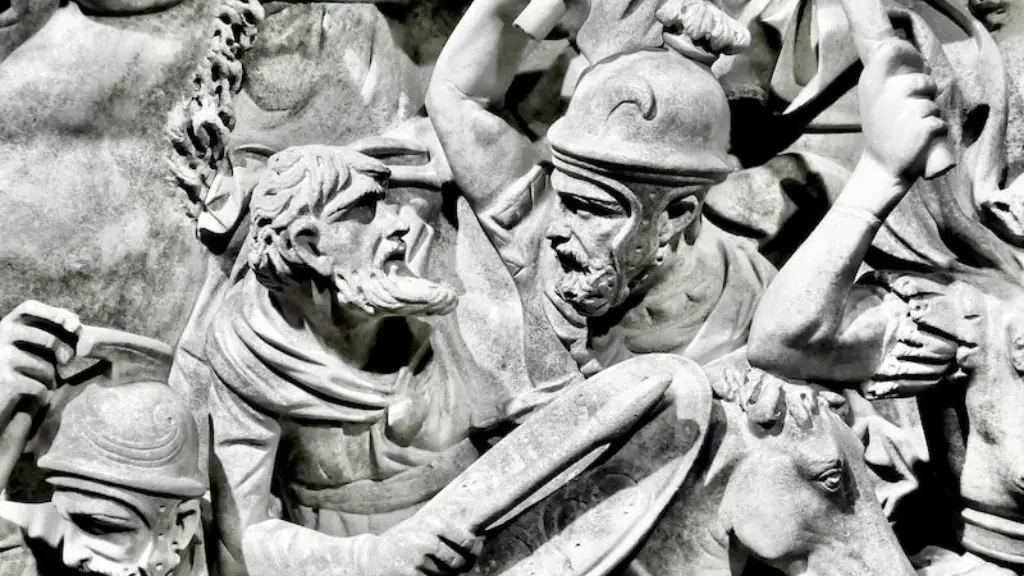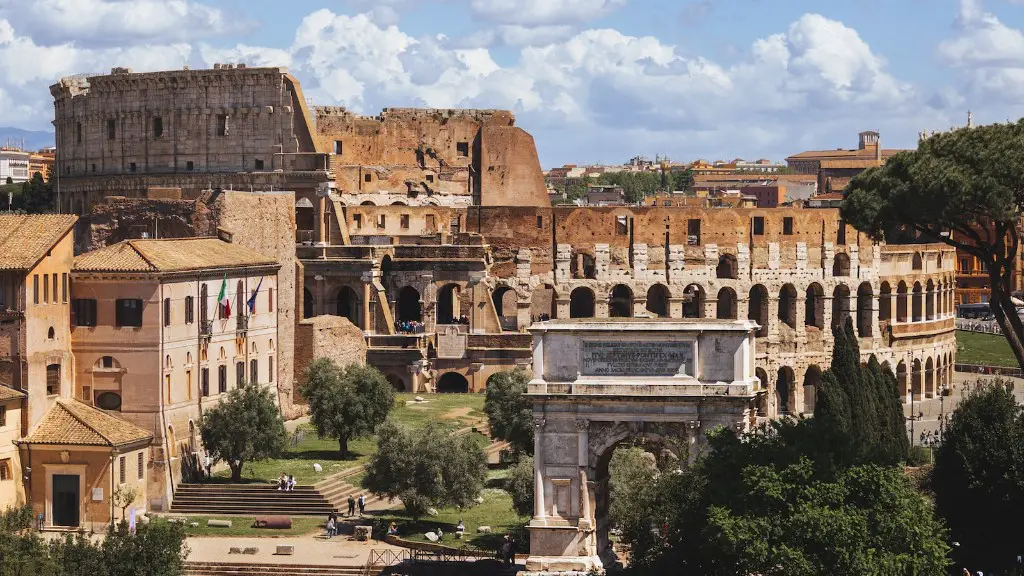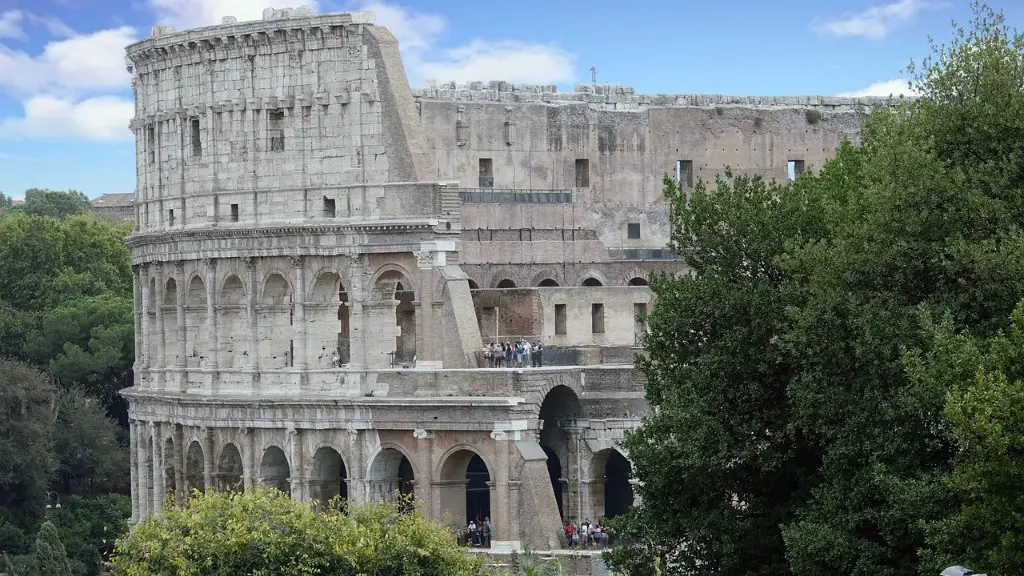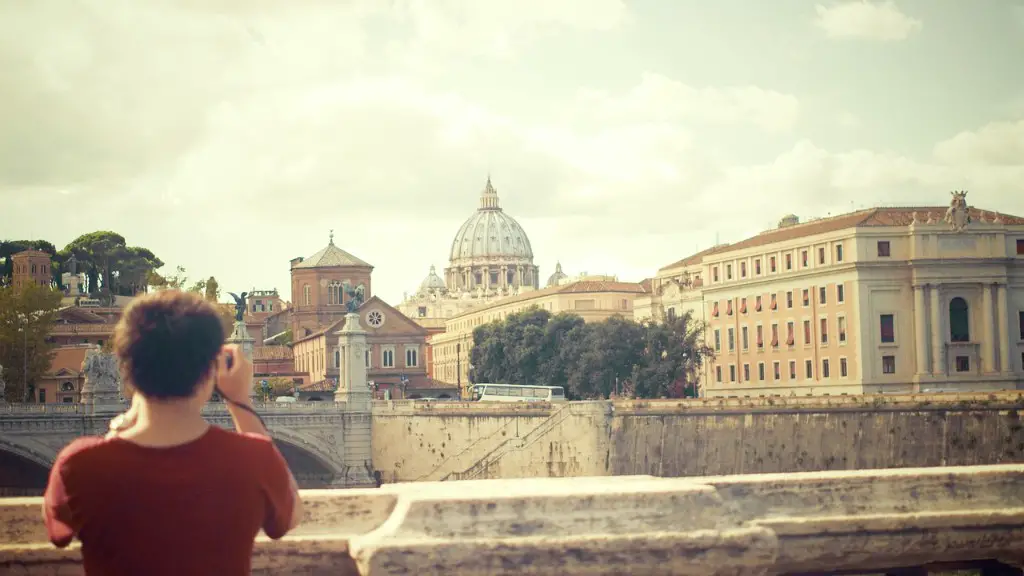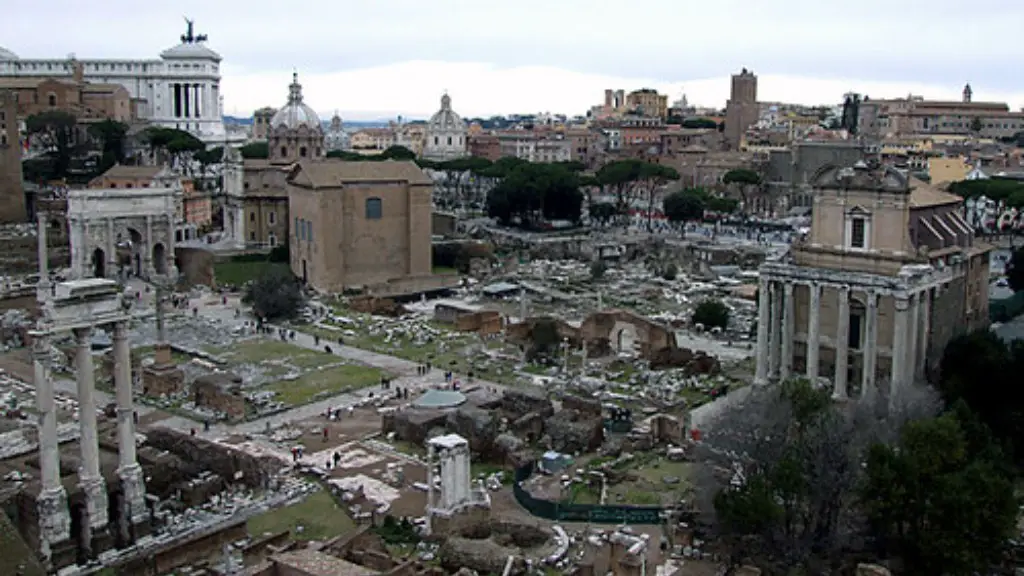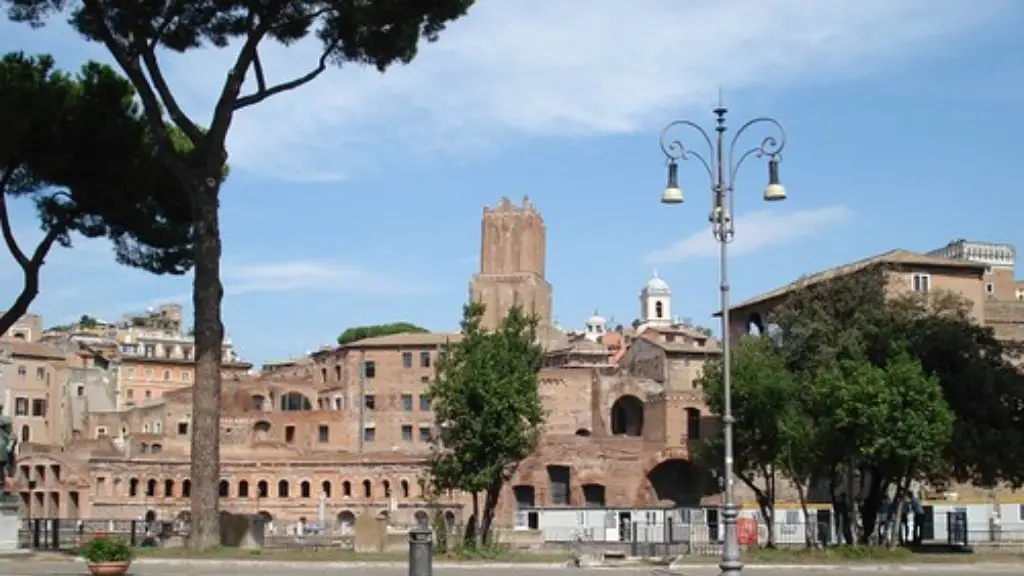Plays in ancient Rome have been labelled from the time of Plautus and Terence as ‘the thing of Rome.’ Ancient Rome had an extraordinary body of theatre, and few cities anywhere in the world that rivaled the Romans in their enthusiasm and devotion to drama. The study of the theatrical life of Rome has been a major focus of scholarship in the humanities, and it is clear that the theatre of ancient Rome was distinctive, varied and complex. The Romans were the only people to develop theatre into a major institution.
The Romans basically re-appropriated what they had seen Etruscans and Greeks doing and created their own theatre literature incorporating a mixture of original material, adaptations and translations. Roman theatre was far more than an entertainment form. It was an act of social communication. Plays for the Roman audience showed them their own values, cultures and societal norms, as well as their own political issues. This was a way to bring the people living in many small, rural towns into the same cultural framework.
The Roman plays were presented in specially constructed theatres. Even though the buildings were open to the sky and light, they were still large enough to hold a substantial number of spectators. The stages were arranged to provide for good acoustics for the plays and to make excellent spectacles of any battle scenes. A common feature was the raised stage, which was equivalent to an orchestra pit, where actors and musicians were located.
Plays were usually performed in amphitheatres which were highly elaborate and looked like an elongated half circle. They were typically built around a central track and were made of two concentric circles of terraces rising steeply. They were open to the sky and were designed with one eye on the practical implications of acoustic performance and the other on the desired spectacle. Many of these amphitheatres also contained mini-stages and hypogea where actors could hire out to perform in plays.
In addition to amphitheatres, plays were also held in outdoor venues such as temples and other public places like colonnades and other open air theatres. These had the advantage of offering large gatherings to audiences, and the ability to reach the wider population. They were also the sites of major public events, such as festivals, processions and parades.
Plays were an integral part of the Roman culture and entertainment. They were not only used for entertainment but also for educating the general public about current politics and religion. The plays also provided a space for political and religious dialogues. Through plays, ideas and values were shared, and plays were often used as a means of persuasion.
It was common practice in Rome for plays to be presented in multiple locations. This meant that plays were much more accessible to the wider population and could be seen by many more people. By the 5th century, there were dozens of places where plays were performed. These included amphitheatres, open air theatres and other public places, as well as temples, private villas and other indoor venues.
Audience participation in plays
The Roman audience had a much bigger role than those of other ancient cultures. It was commonplace for the audience to call out their reactions to the dialogue and action on stage. This was seen as part of the entertainment and the actors would often adapt their performances in reaction to the audience’s reactions. This audience participation made the plays more interesting and added to the theatrical experience.
Audience participation was a major part of the Roman theatrical experience and it made the plays more alive, immediate and dynamic. It also created an immediacy between the actors and the audience. This active participation was encouraged by the playwrights, who included passages in the scripts that were specifically designed to provoke an audience response.
The audience were also very vocal when they were unhappy with the performance. It was not unusual for the audience to boo and hiss at actors if they were not satisfied with their performances, and the actors would often respond accordingly. This not only created a sense of immediacy and involvement for the audience, but it also provided a way of regulating excellence in theatrical performances.
Types of performances
The theatre of Rome had a number of distinct genres, and each had its own specific performance requirements. These genres included ludi, mime, opera, pantomime, comedies, interludes and tragedies. Each genre was different in terms of form, style and execution, and the interpretation of them was also uniquely Roman. Plays were mostly written in Latin and occasionally, in Greek.
Ludi were public spectacles of pageants, processions and games. These events were usually put on at religious festivals and games were held as part of these celebrations. Mime was a form of theatrical improvisation where actors performed short skits. Operas were performances that combined singing and dancing to a musical accompaniment. These were usually tragic dramas that featured elaborate costumes, elaborate props and elaborate sets.
Pantomime was a form of Roman theatre that often combined singing, dancing and gestures to tell stories. Comedies were often themed around love, and were mainly comedic skits with an amusing or light-hearted message. Interludes were shorter plays that had no definite narrative structure, and were mostly performed between acts of tragedies or comedies. Tragedy was an emotion-based genre of theatre that focused on characters in difficult or tragic situations.
Development of theatre in rome
Theatre in Rome developed significantly over its long history. During the Republic, plays were held in small, private venues with limited seating. However, as the Empire grew, the size and scale of theatres increased significantly. New amphitheatres were constructed and elaborate sets were designed. Plays were also allowed to be held in public spaces, and larger audiences could be accommodated.
The popularity of theatre in Rome also meant that playwrights began to write more complex plays with more developed plots. Complex parables and metaphors began to be used, and plays began to be used for social and political commentaries. Political plays had a wider appeal, and often satirized contemporary events and political figures.
The development of theatre in Rome was not limited to just plays. Dance, mime and circus performances also grew in popularity. Theatrical performances, especially mimes, were often used for political purposes, and often sparked a variety of heated debates. The development of theatre in Rome also brought about new styles of performance, costumes and props, which added to the richness of the performance.
Legacy of theatre in Rome
The Roman theatre was a hugely influential form, not only in the ancient world, but also in the modern world. During its long history, the theatre of Rome became the foundation of many theatrical conventions, forms, techniques and genres that still form the basis of modern theatre.
The legacy of Roman theatre can be found in everything from performance style to stage directions and scenery. Even the term “audience” derives from the Latin word “audire,” which means to hear. The influence of Roman theatre can be seen in the works of modern playwrights, and its legacy continues to be felt in theatrical performances today.
Characteristics of Roman theatre
The theatre of Rome had a number of distinctive characteristics that set it apart from other forms of theatre. It was an innovative form, and its plays were used to articulate ideas and issues. The theatre of Rome was known for its elaborate sets and costumes, as well as its focus on issues of morality and politics. Plays were used to educate and inform the public about current issues, and to provide a space for social and political discussion.
The Romans contributed to the development of theatre in many ways, from developing new theatrical forms to introducing sound effects and music. They also pioneered the use of non-verbal reactions and audience participation in their plays. The theatre of Rome also provided a place where ideas could be freely expressed, leading to the formulation of new theories and concepts.
Technological advances
The Romans also introduced a number of technological advances to theatre which greatly improved both the performance and the spectacle. These advances included the use of hydraulics, lighting and special effects. Hydraulics were used to move the sets and props, and special lighting gave plays an eerie glowing quality. Special effects such as smoke, fog and illusions were also used to make the plays even more visually stunning.
The Romans also used a variety of sound effects such as drums and horns to create dramatic effects. Actors were also given greater freedom in how they performed their roles, and the increasing popularity of mimes allowed performers to improvise and create their own original performances.
Conclusion
The theatre of Ancient Rome was a remarkable cultural enterprise and a major form of entertainment for the citizens of Rome. It was a unique form of theatre, and its legacy is still felt today. Its plays were dramatic, humorous and thoughtful, and its sophisticated sets and costumes could be seen in many different venues. Its emphasis on morality, politics and education had a lasting impact on the theatre we see today, and its technological advances made it one of the most impressive forms of theatre ever created.
